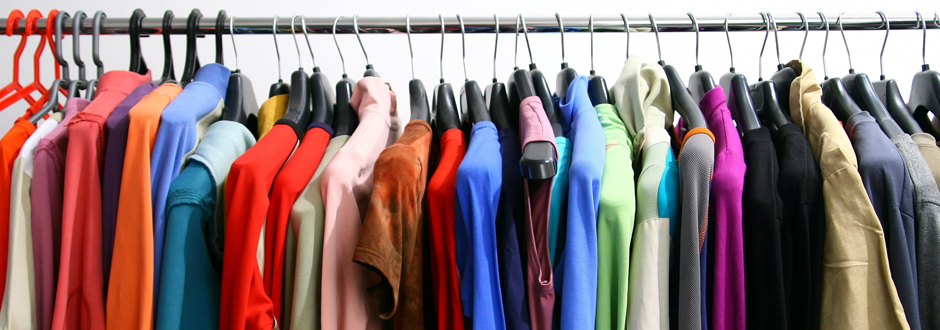A recurring theme of this season’s fashion shows and reviews has been the inclusion of “plus-size” models like Ashley Graham and Candice Huffine, who walked Michael Kors and Prabal Gurung respectively. Inasmuch as it signifies a positive change within the fashion industry, I think we need to think deeper about it before getting too excited.
Firstly, there is an inherent problem in calling these models “plus-size”; it defeats the purpose of inclusiveness and makes the effort of having a range of different body types on the runway more a commercial concern than a human concern. Moreover, having one model with a different body type does not solve fashion’s problem of distorted perceptions of body image, which consequently creates unhealthy eating (and various other) habits. In both Prabal Gurung’s and Michael Kors’ shows, the rest of the models were models who have been typical of fashion shows. Of course, everyone agrees that this inclusion is a baby step in the right direction; however, given the scale of fashion’s health problem, I believe we need to take larger steps toward this goal.
To break out of this idealized image, we need to include models of all different sizes and body shapes on the runway so that we can give the message that there isn’t an ideal body type, each body is unique and beautiful. That way, we can also resolve the many mental and health disorders that are caused by the goal of attaining that ideal, both for models themselves and the millions of those who watch fashion shows.
One of the reasons for the narrow body size of the models on the runway is that designers create samples of one particular size and use those for a variety of purposes, limiting the range of bodies that can be incorporated into a fashion show. However, the cost of making additional samples is minute compared to the cost of millions of people’s mental and physical health.
That being said, there is definitely a positive change in fashion’s attitude toward body image compared to the unhealthy looks that have been idealized over the past years; however, there is still a long way to go to achieve the end goal of having realistic, healthy, and inclusive bodies walking on the runway and eroding the skinny-idealized body image that encourages eating disorders, alongside many other mental problems.
Just like in the fashion shows, there has been a positive trend in fashion ad campaigns to diversify and break the beauty stereotypes. Most recently, Ashley Graham has been the face of various fashion ad campaigns alongside walking various shows, including being the face of the Prabal Grung x Lane Bryant collaboration campaigns. Lane Bryant has actively been challenging the stereotyped ideals of beauty with their #thisbody and #imnoangel campaigns in the past years and is continuing this year with a high momentum. They have continuously challenged the ideals set forth by the industry and ensured that they stand with the principles of inclusion, diversity, and empowerment.
Ashley Graham and Candice Huffine have generally been the face of this change in fashion’s attitude toward body image this year. Besides the fashion shows they walked, they have been featured on many magazine editorials, along with ad campaigns like NYDJ and Sophie Theallet. However, the problem that lies in the fashion shows lies here also in that for the majority of the campaigns they were involved in, they were the only different body type presented, without a range of other bodies.
Dove is another brand that has been working on challenging the norms of fashion campaigns and their portrayal of stereotyped ideas of beauty. They have been conveying the message that a Dove woman is beautiful just the way she is, regardless how close her body resembles to those she sees in ads, magazines, and on the runway.
All aside, one campaign in particular stands out this season: Target’s swimsuit campaign includes a range of body types and the images are published unretouched, hence portraying a woman’s body in its natural form, making the images “real” and relatable. Besides this diversity and inclusiveness, Target’s campaign highlights another important aspect of fashion images in general, which is how retouching and photo manipulation can further the negative effects of the unattainable body images the fashion world creates. Aerie is another brand that has in the past years published ads with unretouched images portraying a range of bodies and have been a continuous supporter of this movement.
With this movement and change, what is sad is that high-end fashion has yet to join this movement; almost all high fashion brands still employ top models with unrealistic bodies perfected even further through retouching. As luxury fashion is the most followed part of the fashion world, it is really sad to see them working with hyper-sexualized imagery of sometimes unhealthily-skinny models, spreading all kinds of wrong messages about the female figure and image. As they have the highest social impact level, they should be urged to diversify their campaigns and incorporate real women in their campaigns, and spread a message of women empowerment.
Finally, an important thing to think about is that as positive as all these recent developments are, we are still missing what makes a person truly “beautiful” besides their body: someone’s intellect, her wit, her kindness, her loyalty, her honesty, her power, her strength, and many other characteristics that go beyond her physical appearance. Yes, we should all love our bodies and be comfortable in our skin, but we should also be aware that our body is only one aspect of us, and it should not be the only component of our self-confidence. The message we should be giving to all the young girls out there is that there is more to them than trying to attain the beauty ideals that media presents them; that everyone is beautiful for who they are, not just for their looks.
And we need to make this a global women’s movement, to create generations of self-empowered girls and women who are not hung up on ideals that society creates for them in exchange for their physical and mental health.
Cagla Gamze Seten studied psychology with a focus in clinical psychology in her undergraduate degree and has worked in various labs and hospitals doing research and internships. She has extensive experience within event organization, and currently work as an events associate at a major fashion company, where she is responsible for the organization and execution of all brand events that take place in North America.





